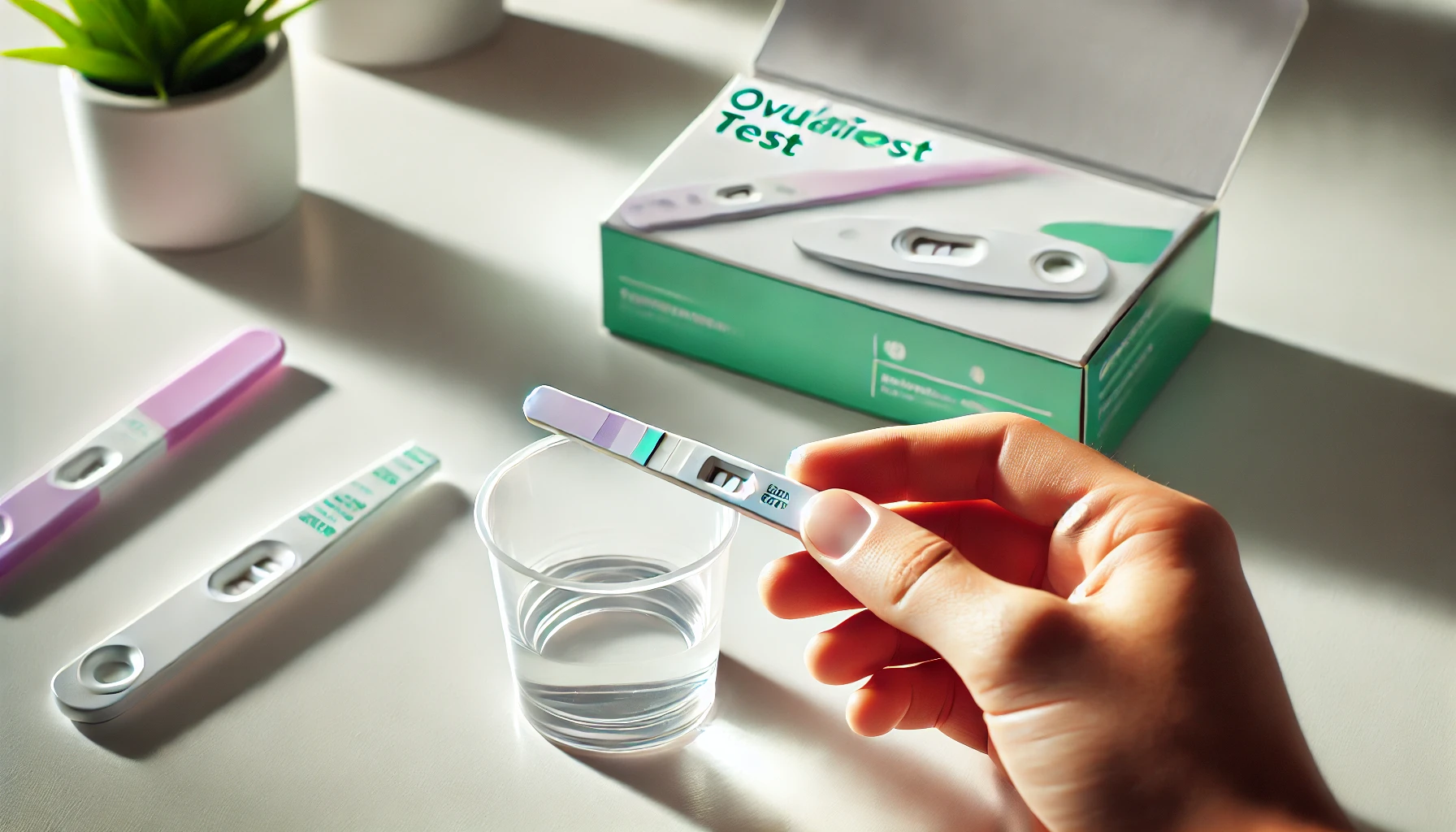This post was written with Consensus AI Academic Search Engine – please read our Disclaimer at the end of this article. Using an ovulation test can help women identify their most fertile days and increase their chances of conception. While the use of these tests does not significantly impact stress or psychological well-being, it can improve couple concordance. By following the steps outlined in this article, you can effectively use an ovulation test to aid in your journey to conceive.
Ovulation tests are a valuable tool for women trying to conceive, as they help identify the most fertile days in a menstrual cycle. This article will guide you through the process of using an ovulation test effectively.
Ovulation tests detect the surge in luteinizing hormone (LH) that occurs 24-36 hours before ovulation. By identifying this surge, women can pinpoint their most fertile days and increase their chances of conception. This article will provide a step-by-step guide on how to use an ovulation test and discuss the impact of its use on stress and psychological well-being.
Step-by-Step Guide to Using an Ovulation Test
1. Choose the Right Test
There are various types of ovulation tests available, including digital and non-digital options. Digital tests are often easier to read, as they provide a clear result, such as a smiley face for a positive result.
2. Determine the Testing Window
To determine when to start testing, you need to know the average length of your menstrual cycle. Subtract 17 days from the length of your cycle to find the day you should start testing. For example, if your cycle is 28 days long, you should start testing on day 11.
3. Collect a Urine Sample
Most ovulation tests require a urine sample. It is recommended to use the first morning urine, as it is more concentrated and can provide more accurate results.
4. Perform the Test
Follow the instructions provided with your ovulation test. Typically, you will either dip the test strip into a urine sample or hold the test stick in your urine stream. Wait for the specified amount of time to read the result.
5. Interpret the Results
- Positive Result: Indicates an LH surge, meaning ovulation is likely to occur within the next 24-36 hours. This is the best time to try to conceive.
- Negative Result: Indicates no LH surge detected. Continue testing daily until you get a positive result.
6. Record Your Results
Keep track of your test results to identify patterns in your cycle. This can help you better predict your fertile window in future cycles.
Impact on Stress and Psychological Well-being
A study examined the impact of using ovulation tests on stress and psychological well-being in women trying to conceive. The findings were as follows:
- Negligible Negative Effects: The use of digital ovulation tests had negligible negative effects on psychological well-being and stress levels1.
- No Detectable Positive Benefit: There was no significant positive benefit on psychological well-being from using ovulation tests1.
- Couple Concordance: The test group scored much higher in “couple concordance” compared to the control group, indicating better alignment and communication between partners1.
Disclaimer
The content presented in this blog is generated by Consensus, an AI-powered academic search engine, and is based on publicly available scientific literature. While every effort is made to provide accurate, up-to-date, and well-researched information, the content is intended for informational and educational purposes only. It does not constitute medical advice, diagnosis, or treatment. Always consult a qualified healthcare professional before making any decisions regarding medical conditions, treatments, or medications. The AI system’s analysis may not cover all perspectives, emerging research, or individual cases, and it is not a substitute for professional expertise. Neither the blog publisher nor the developers of the AI-powered search engine are responsible for any actions taken based on the information provided in this content. Use of this information is at your own risk. Citations to the original scientific studies are included for reference, but these studies should be reviewed in full and interpreted with the guidance of a healthcare or research professional.
If you are experiencing a medical emergency, please seek immediate attention from a healthcare provider.
